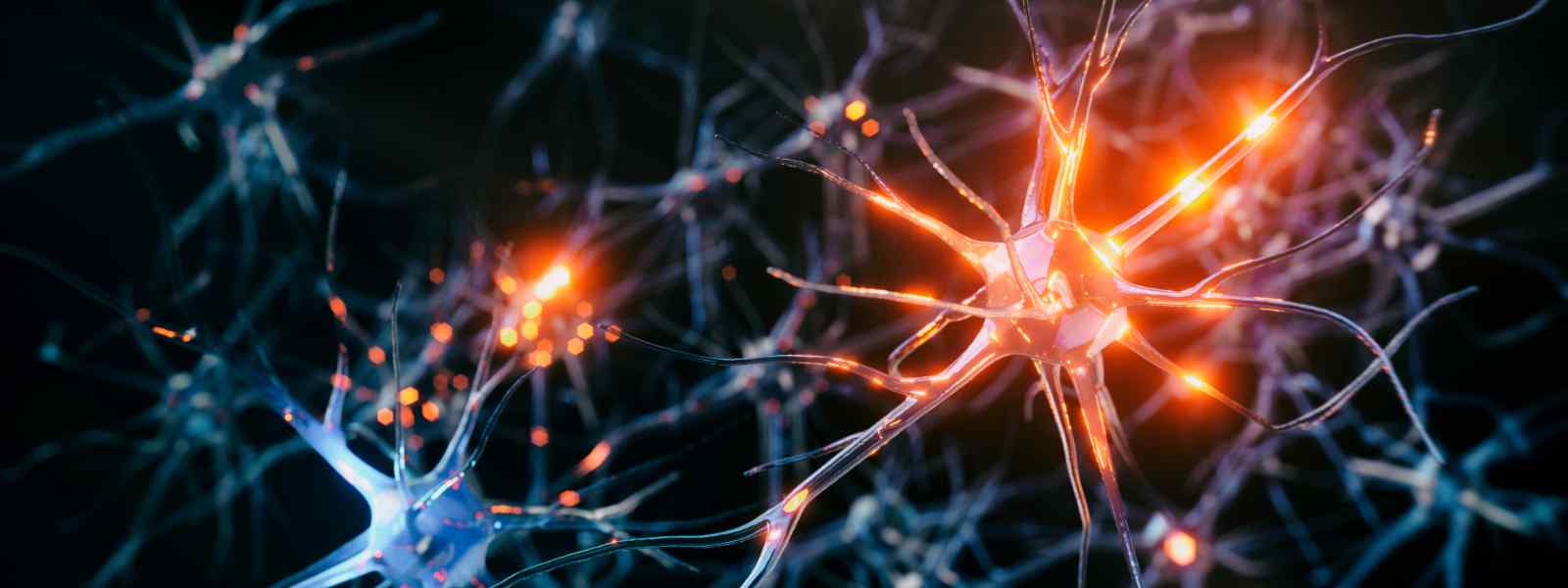
A pioneering centre to research and create ultra-small implantable neurological devices to support people with conditions such as Parkinson’s and dementia is being launched by the University of Strathclyde.
The Strathclyde Neurotechnology Centre has been awarded a grant of £675,000 from the Wolfson Foundation, an independent charity with a focus on research and education, to provide a combination of technology and equipment unrivalled in Higher Education in the UK.
A five-year Professorial Chair in Neurotechnology has also been funded by a £1M donation from philanthropist and alumnus Leslie Stretch OBE.
Neural circuits
The Centre is building on long term work and world leading research at Strathclyde and will play a leading role in advancing the understanding of neural circuits – the network of interconnected neurons that work together to process and transmit information within the brain.
Engineers and physicists will work in tandem with neuroscientists to understand the neural basis of brain disorders and ascertain the optimal technological approach to interact with them.
Internationally renowned neuroscience expertise will review how this technology functions in action to help understand brain disorders – a step that is required to progress novel neurological treatments towards clinical practice.
Implantable devices
The minimally invasive implantable devices will support and address issues associated with neurological conditions such as blindness, epilepsy, Parkinson’s and dementia.
Collaborative research with Stanford University has already resulted in the development of a retinal prosthesis, that is now the state-of-the-art in the field.
Professor Keith Mathieson, Royal Academy of Engineering Chair in Emerging Technology, and Director of the Centre, said: “We’re delighted to receive this funding which allows us to build on and enhance long term work at the University and bring two key areas of research together, cementing the offering to the wider UK neurotechnology community.
At Strathclyde, we are advancing state-of-the-art neural interfaces to further our understanding of the brain and to inform the treatment of neural disorders.
Professor Mathieson and Strathclyde neuroscientist, Professor Shuzo Sakata, have been collaborating since 2011, and have assembled a team of engineers, physicists and neuroscientists along with highly specialist technology and resources.
The Centre also draws in Professor Martin Dawson from Photonics, Professor Michael Strain, an RAEng Chair in chip-scale photonics and Dr Yashar Moshfeghi, an expert in AI modelling of brain activity, with a central research goal to develop new technologies and techniques to further understand the brain at the circuit level and to develop novel neural interfaces for some of the major neurodegenerative diseases.
Exciting opportunities
Paul Ramsbottom, chief executive of the Wolfson Foundation, said: “There is an impressive track record at Strathclyde of discovery science and innovation in microelectronics. The new facilities funded by the Wolfson Foundation will allow further exploration of the potential of ultrathin semiconductor devices in brain implants.
“The project offers exciting opportunities both to garner fresh insights into how the brain functions and to inform the development of new therapies for neurodegenerative conditions.”